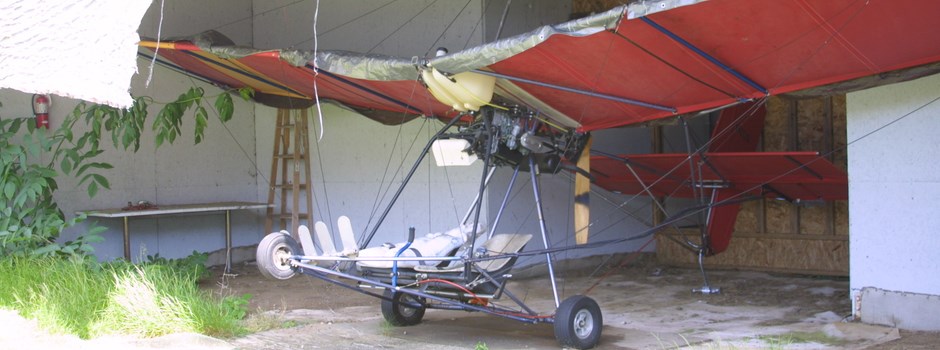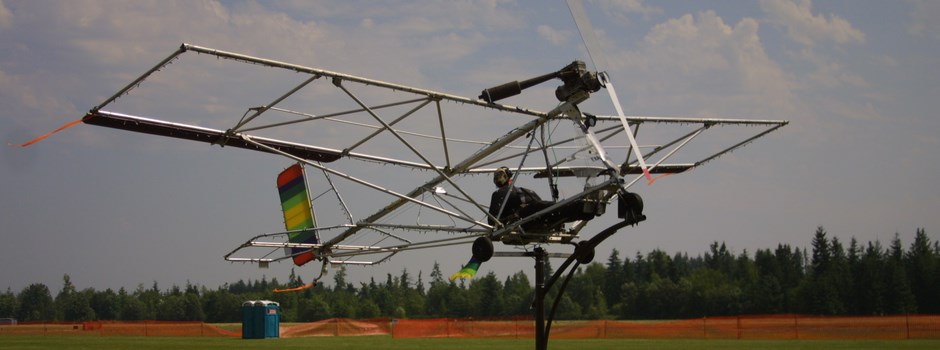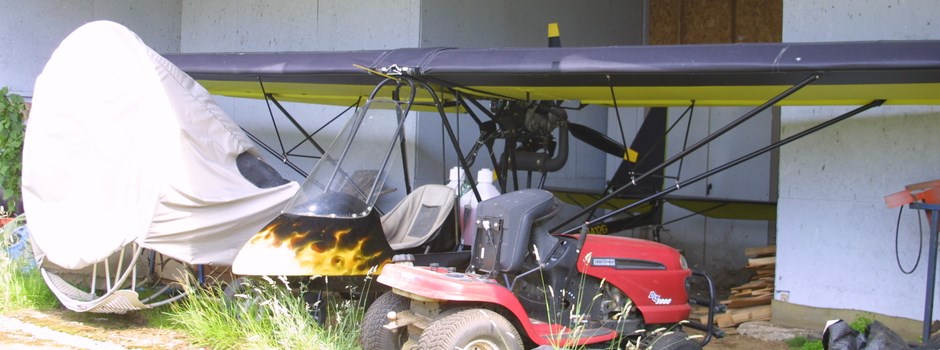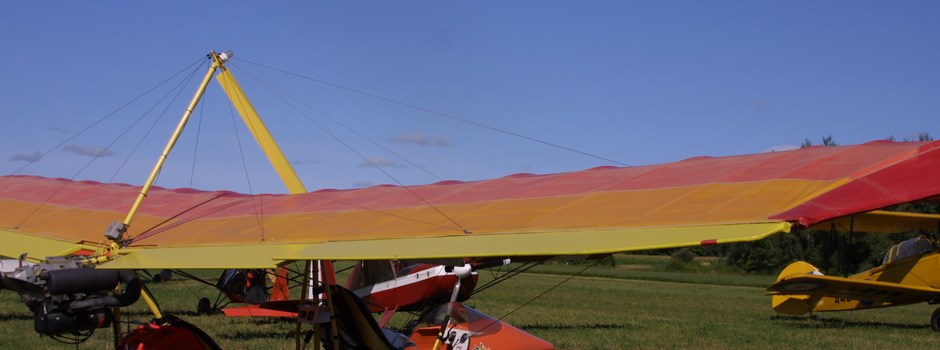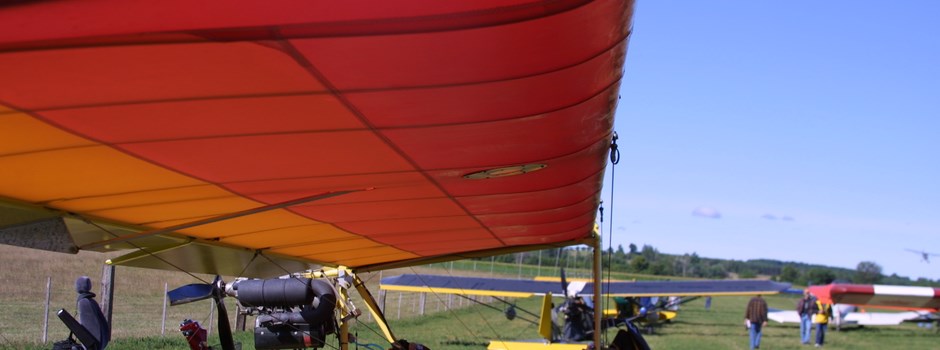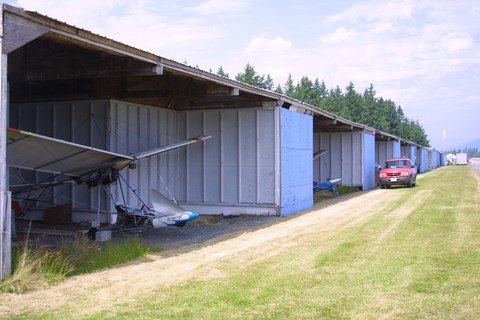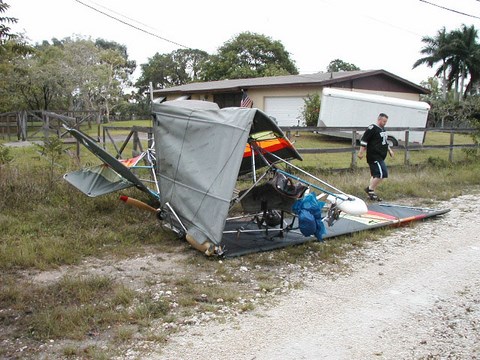Aircraft fabric testing, ultralight aircraft sail fabric testing, how to test fabric on ultralights light sport aircraft.
Return To Ultralight News Main Index
AVIATION OCCURRENCE REPORT WING FAILURE EIPPER-PERFORMANCE QUICKSILVER MX C-IAAM COWICBAN BAY, BRITISH COLUMBIA 23 OCTOBER 1994 REPORT NUMBER A94P0245
Ultralight Aircraft Accident Summary
The pilot had been working on the ultralight aircraft for about an hour; he then took off, flew for about 10 minutes, and landed. About 10 minutes later, after he had donned a jacket, the pilot took off again far another local flight.
Minutes later witnesses observed the ultralight in level flight and at about 100 feet above ground level (agl). They then heard a loud report and saw the aircraft descend rapidly and strike the ground. The aircraft was destroyed and the pilot was fatally injured.
The wind was calm and the sky was clear at the time of the accident. Weather was not a factor in this occurrence.
The pilot trained and was licensed to fly ultralight aircraft in 1983, and was trained and licensed as private pilot in 1985. He did not maintain an up-to-date pilot log book, but there was evidence that he had about 200 hours flying experience. He had not flown for several months before the accident flight.
The aircraft was manufactured in 1982, and the accident pilot purchased it, ready to fly, in 1983. No maintenance history of the aircraft was found; however, a sales receipt indicated that the dacron fabric wing sails were replaced in 1986. The aircraft had been kept in a barn on occasion. It was also reported to have spent long periods outside, unprotected from the elements and in direct sunlight, most recently during the several months prior to the accident. There was no evidence that the wings had been covered when the aircraft was kept outside.
The quicksilver wing consists of an upper surface formed by a Dacron fabric wing sail stretched over the wing frame. The sail is composed of several Dacron panels, sewn together. On inspection, the upper surfaces of the sails were found to be severely faded when compared to the lower surfaces. Further, the dacron fabric was weak and tore easily when stressed.
A sample of the dacron wing fabric was examined by the University of Alberta's Textile Analysis Service. The fabric specialist determined that the fabric had been degraded by sunlight. The tests determined that the tensile strength of the unfaded fabric sample was about 120-130 lbs/in and the faded sample's strength was about 25-40 lbs/in.
There are no Transport Canada regulated design, construction, or assembly standards established for the Quicksilver ultralight aeroplane. Ultralight aeroplanes are exempt from airworthiness certification requirements, and neither a Certificate of Airworthiness (C of A) nor a Flight Permit is required.
The Airframe Maintenance Schedule in the aircraft operating manual recommends that the sail be covered when not in use and that the wing fabric should be removed, inspected and replaced if necessary every two years or 400 flight hours.

